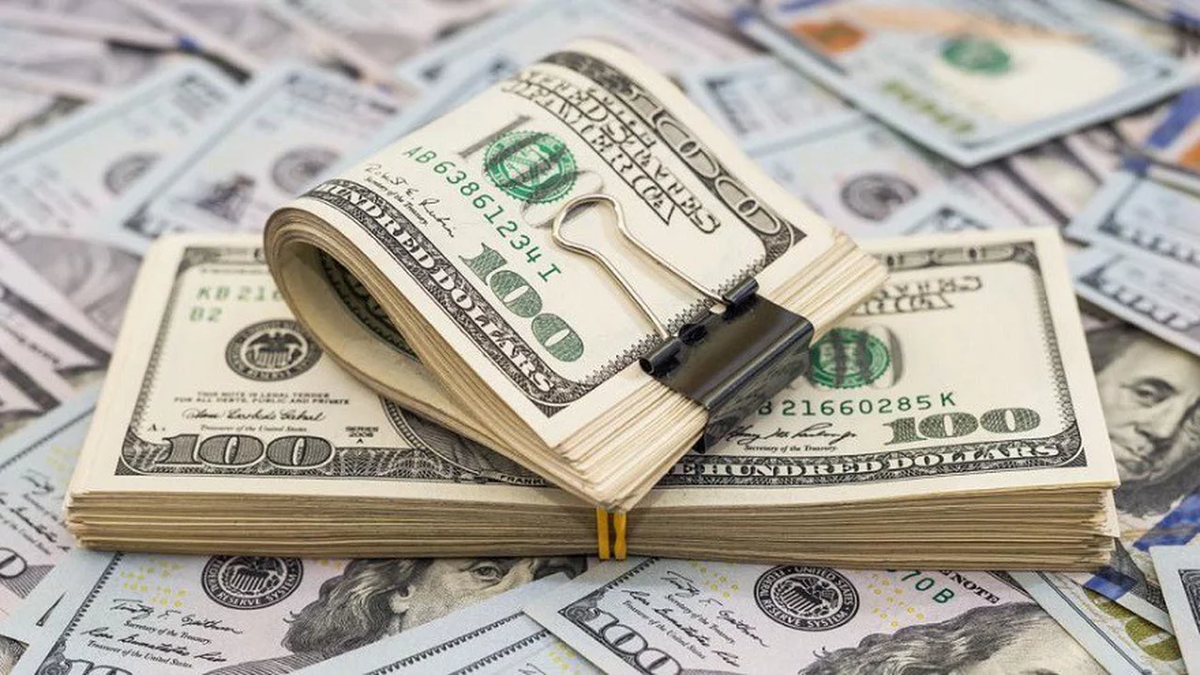The Bureau of Engraving and Printing and the American Secret Service launched an initiative to reduce the use of mutilated specimens.
With the aim of renew the integrity of the banknotesprevent counterfeits and strengthen monetary security, different US organizations such as the Bureau of Engraving and Printing, the Secret Service and the Advanced Counterfeiting Deterrence Steering Committee have launched an initiative to remove mutilated bills from circulation and renew the dollars with new designs.
The content you want to access is exclusive to subscribers.
This measure will affect businesses, banks and ATMs throughout the countrywho must begin to reject damaged bills, with cut ends, faded or that show significant deterioration. One of the main sectors affected will be retailers, although Walmart, Dollar Tree and Target have already announced that they will accept the measure.


Which dollar bills are no longer accepted in the United States?
In line with this idea of removing all mutilated banknotes from issuance, the organizations have communicated that there is a redesign plan for the following years, where different styles of banknotes of 2, 5, 10, 20, 50 and 100 dollars respectively. At the moment, they have only announced which specifically the bills they will stop accepting.
The copies that will no longer be received by the entities They are those that are considered mutilated, that is, with such deterioration that it makes their manipulation difficult. or is very damaged, falling into this category those that are worn, with cut ends, faded or visibly affected by humidity and heat among other factors.
How to detect a counterfeit bill
In order to carry out the detection of a possible counterfeit bill, it is necessary to know and check all the existing security measures on the papers, which are the following:
- Security thread visible against light, with the inscription “USA”.
- 3D security band that changes when you tilt the bill.
- Ink that changes color in the lower right corner.
- Watermark visible when observing the banknote against the light.
- Microprints around the design.
- Relief printing, which offers a characteristic texture to the touch.
Source: Ambito




